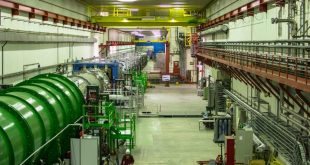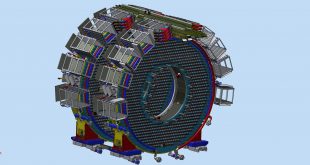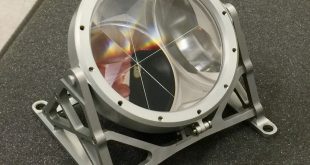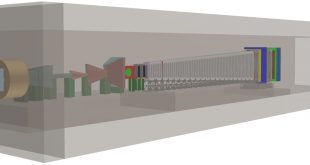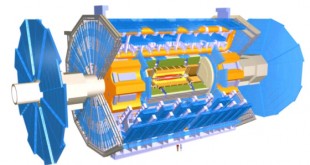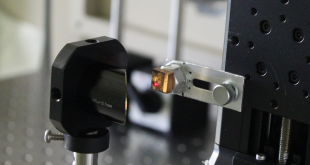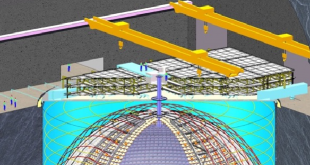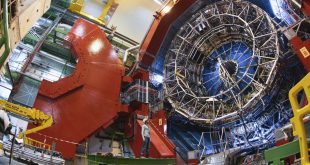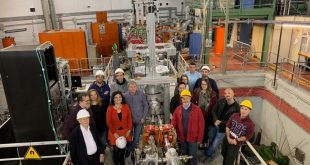To search for new physics scientists can increase the available energy to produce and observe new particles or measure processes extremely rare, and compare them with the theoretical predictions, NA62 has the primary purpose of searching for new physics by measuring a rare decay of the K meson.
Read More »Experiment of the month
MU2E
The interest of Particle Physics is increasingly focused on the search for the so-called New Physics beyond the Standard Model (SM), in order to understand and answer some fundamental questions that this model does not describe.
Read More »MoonLIGHT-2
The MoonLIGHT-2 collaboration aims to study the physics of gravitation by measuring, using the Laser Ranging technique (possibly coupled with Microwave Ranging measurements), the distance between the Earth and other celestial bodies (namely, the Moon and Mars).
Read More »SHiP
Particle physics today is in a very particular situation: all particles of the Standard Model have been discovered, no super symmetric particle has been found at the LHC, and the mass value of the Higgs and top are such that the Standard Model could be a valid theory up to the Planck mass.
Read More »ATLAS
ATLAS is the largest piece of equipment at LHC, with a length of 26 m and a maximum diameter of 22 m.
CYGNO
CYGNO is a detector under construction at INFN Frascati National Laboratories for the detection of dark matter and neutrinos coming from the Sun. Its main characteristic is the ability to see - like a telescope - in a determined direction.
Read More »NUCLEAAR
NUCLEAAR is one of the projects of the Research and Development (R&D) section of the INFN Vth Committee, which addresses the scientific and technological challenges necessary to pushing forward the next research frontiers on accelerators.
Read More »JUNO
JUNO is an experiment dedicated to the measurement of the neutrino mass hierarchy, one of the main issues still open in particle physics.
Read More »ALICE
A Large Ion Collider Experiment
ALICE is a LHC experiment in which lead nuclei collisions are studied. Using the nuclei of atoms with many protons and neutrons, the collision energy is such to create a plasma of quarks and gluons: a state of matter that existed a few millionth of a second right after the Big Bang, in extreme density and temperature conditions.
SIDDHARTA2
Silicon Drift Detectors for Hadronic Atom Research by Timing Application 2.
SIDDHARTA2 performs unique measurements at a global level on strong interaction, using kaons produced by DAΦNE.
 INFN-LNF Laboratori Nazionali di Frascati
INFN-LNF Laboratori Nazionali di Frascati
